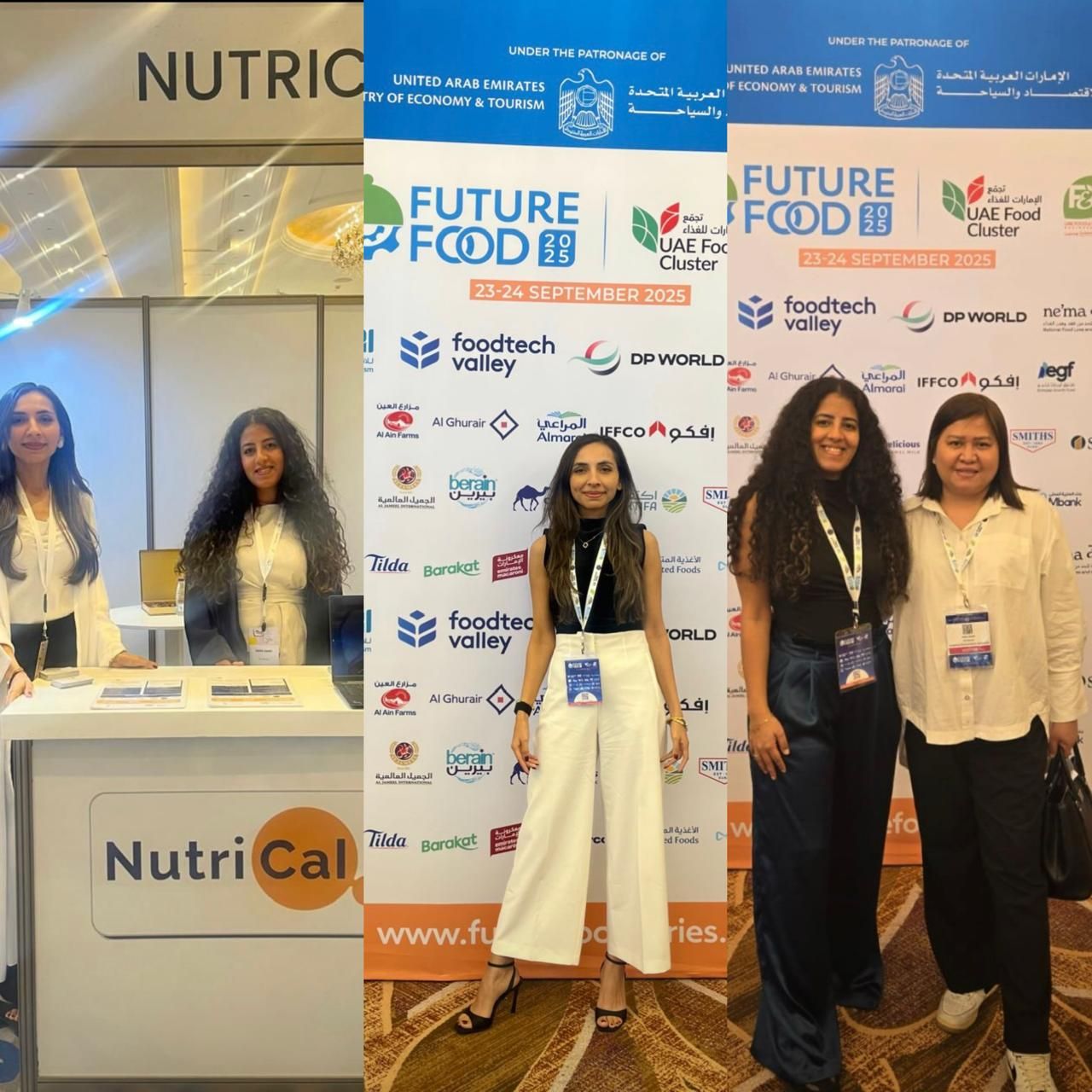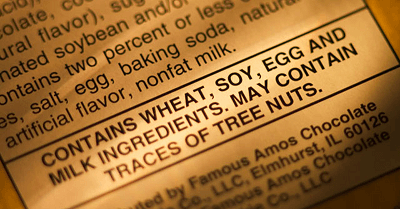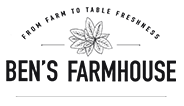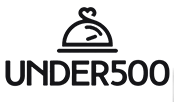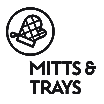Allergen Labeling Compliance: What Every Food Business Must Know

Did you know that in some Western countries like the U.S., nearly 1 in 10 adults have food allergies? Among them, peanut allergies are one of the most common and potentially life-threatening. For consumers with severe allergies, even a trace of an allergen can lead to life-threatening reactions. This makes allergen labeling one of the most critical aspects of food safety.
Businesses that fail to comply with allergen labeling regulations not only risk consumer health but also face significant legal and financial consequences. Countries around the world, including those in the GCC, have implemented strict guidelines to ensure accurate allergen labeling on packaged and prepared foods.
With evolving regulations like Natasha’s Law and stringent allergen requirements in the UAE, Saudi Arabia, and other GCC countries, food businesses must prioritize allergen traceability to maintain compliance and consumer trust. This guide will explore common allergen labeling challenges, global regulations, and best practices to keep your business ahead of the curve.
Understanding Food Allergens and Their Risks
What Are Food Allergens?
Food allergens are specific proteins that can trigger immune system reactions in certain individuals. These reactions can range from mild discomfort to life-threatening anaphylaxis.
Major Allergens in Global and GCC Regulations
While allergen labeling laws differ across regions, most countries mandate clear labeling of the top allergens.
UAE and GCC Allergen List (Dubai Municipality & SFDA Regulations):
- Crustaceans (e.g., prawns, shrimp)
- Peanuts
- Soybeans
- Tree nuts (e.g., almonds, walnuts, pistachios)
- Sesame seeds
- Fish
- Egg and egg products
- Milk and dairy products
- Gluten-containing cereals (wheat, barley, rye, oats)
- Celery
- Mustard
- Sulphur dioxide and sulphites
Businesses operating in GCC countries must ensure their allergen labeling meets these local standards.
The Dangers of Hidden Allergens
Some ingredients may not seem like allergens at first glance. For example:
- Whey powder (from milk)
- Modified starch (may contain gluten)
- Soy lecithin (common in chocolates and baked goods)
By law, these hidden allergens must be clearly highlighted on food packaging.
Why Allergen Labeling is Critical for Food Safety
Preventing Life-Threatening Reactions
Incorrect or missing allergen labeling can cause severe allergic reactions. Consumers rely on food labels to determine whether a product is safe for them to eat.
Building Trust with Consumers
Consumers today are more conscious about ingredients. Businesses that prioritize allergen labeling and transparency build brand trust and loyalty.
Legal and Financial Implications
Regulatory violations can lead to:
- Fines and product recalls
- Legal action from affected consumers
- Damage to brand reputation
Natasha’s Law and Global Allergen Labeling Regulations
What is Natasha’s Law?
Enforced in the UK in October 2021, Natasha’s Law mandates that all pre-packed for direct sale (PPDS) foods display a full ingredients list with allergens in bold text.
This law was introduced after Natasha Ednan-Laperouse, a teenager with a severe sesame allergy, suffered a fatal reaction after eating a pre-packed sandwich with undeclared sesame seeds.
Key Requirements Under Natasha’s Law:
- Full ingredient listing on PPDS foods
- Allergens emphasized in bold
- Applies to all businesses selling pre-packaged food on-site (cafés, delis, supermarkets, etc.)
How Natasha’s Law Influences GCC and Global Markets
Although Natasha’s Law is UK-specific, its impact has influenced global allergen regulations, including those in the GCC, EU, and USA.
Key Global Allergen Labeling Laws:
- GCC & UAE: Foods must have clear allergen labeling in both Arabic and English.
- USA (FALCPA): Mandates allergen declarations on all packaged food.
- EU (FIC Regulation): Requires bold or underlined allergens in the ingredient list.
Businesses exporting to multiple markets must adapt allergen labeling to comply with different regional requirements.
Best Practices for Allergen Labeling and Traceability
Maintain a Digital Allergen Database
- Use automated food intelligence platforms like NutriCal to track allergens in every ingredient.
- Ensure data is updated in real-time if ingredient compositions change.
Bold and Highlight Allergen Information
- Clearly list allergens in the ingredient list.
- Use bold text or color coding to differentiate allergens.
Prevent Cross-Contamination in Production
- Use separate processing equipment for allergen-free products.
- Train staff on cross-contact risks and ensure they follow proper handling procedures.
Train Staff on Allergen Management
- Instruct employees to proactively ask customers about food allergies before taking orders.
- Ensure staff have easy access to an allergy matrix or allergen labels for quick reference.
- Educate teams on emergency response protocols in case of accidental allergen exposure.
Label Foods in Local Languages
- In UAE, Saudi Arabia, and other GCC countries, food labels must be bilingual (Arabic & English) to ensure compliance.
Include a Manufacturer Contact for Inquiries
- Add a contact number or email on product packaging so consumers can reach out with allergen-related concerns.
Regularly Audit Labeling Compliance
- Conduct internal reviews and use AI-powered tools to ensure labels meet GCC & international regulations.
Challenges and Solutions in Allergen Labeling Compliance
Ensuring accurate allergen labeling is a growing challenge for food businesses, especially with frequent ingredient changes and complex supply chains. Failing to update labels can lead to compliance issues, product recalls, and health risks for consumers.
Common Challenges:
- Ingredient Changes → When suppliers modify ingredients, outdated labels can mislead consumers and violate regulations.
- Complex Supply Chains → Sourcing from multiple suppliers makes it harder to track allergens, increasing the risk of cross-contamination.
- Human Error → Manual data entry can lead to mistakes, such as mislabeling allergens or missing ingredient updates.
Solutions:
- AI-Driven Allergen Tracking → Platforms like NutriCal automate allergen updates, ensuring real-time compliance.
- Automated Compliance Checks → GCC & global regulations are integrated into labeling software to eliminate manual errors.
- Real-Time Ingredient Verification → Linking supplier data with labeling systems prevents mislabeling and ensures bilingual compliance.
The Future of Allergen Labeling & Consumer Awareness
With increasing regulatory scrutiny and consumer demand for transparency, allergen labeling is evolving rapidly. Key trends shaping the future include:
- QR Codes on Packaging → Consumers can scan labels for real-time allergen updates, reducing the risk of misinformation.
- AI-Powered Automated Labeling → AI-driven software detects allergens and generates compliant, up-to-date labels instantly.
- Digital Menus with Allergen Filters → Restaurants and food delivery platforms are adopting interactive allergen filtering tools for better consumer safety.
- Stricter Clean Label Standards → Regulations are shifting towards simpler, clearer labeling, making compliance non-negotiable for food businesses.
Why This Matters
Investing in automated allergen tracking not only ensures regulatory compliance but also builds consumer trust—giving businesses a competitive edge in an increasingly transparent market.
Automate Your Allergen Labeling
Looking to simplify your food allergen management and compliance journey in the UAE? NutriCal is a food data intelligence software designed to:
- Automate nutrient calculations for thousands of ingredients, including macros, vitamins, and minerals.
- Handle labels in your local language to meet compliance requirements.
- Integrate with your existing tech platforms (websites, POS systems, or delivery apps).
- Generate nutrition facts labels, run recipe costing, and even create social media visuals.
- Scale to restaurants, cloud kitchens, food manufacturers, or aggregators looking for a unified solution.
By leveraging NutriCal’s automated workflow and extensive 25,000+ ingredient database, you can confidently produce accurate, regulation-ready labels—reducing errors, speeding up approvals, and empowering consumers to make better-informed food choices.
Get a Demo of NutriCal’s features.
Try it out and discover how easy it is to meet every UAE requirement—while giving your customers all the information they need to dine confidently.
Government Partnership
Coming Soon
Frequently Asked Questions
NutriCal provides comprehensive nutritional analysis beyond calorie counts, encompassing allergens, meal types, and customized food labels. You can also effectively manage recipes, tailor menus, and generate insightful reports.
NutriCal is an online platform accessible from anywhere with an internet connection. Our services have a global reach, with a strong focus in the GCC region.
NutriCal collaborates with a diverse range of establishments, including food brands, suppliers, retail chains, and restaurants in the GCC.
Absolutely! NutriCal offers a complimentary trial period. Reach out to us to initiate your trial experience on our platform.
For detailed pricing information, please get in touch with our dedicated sales team. Our pricing plans are flexible and tailored to suit your specific business requirements.
We provide both monthly and annual subscription plans, granting you the choice to select the payment option that aligns best with your preferences.
NutriCal allows seamless integration of missing ingredients through credible data sources, ensuring a complete and personalized database.
NutriCal's data originates from reputable sources such as USDA and undergoes rigorous theoretical analysis, ensuring utmost precision in nutritional calculations.

